Yes, serrano peppers are definitely hot! They range from 10,000 to 23,000 Scoville Heat Units (SHU), placing them in the medium-hot category—significantly hotter than jalapeños but milder than habaneros. Whether you're a home cook or a spice enthusiast, understanding serrano pepper heat is key to using them safely and effectively in your dishes.
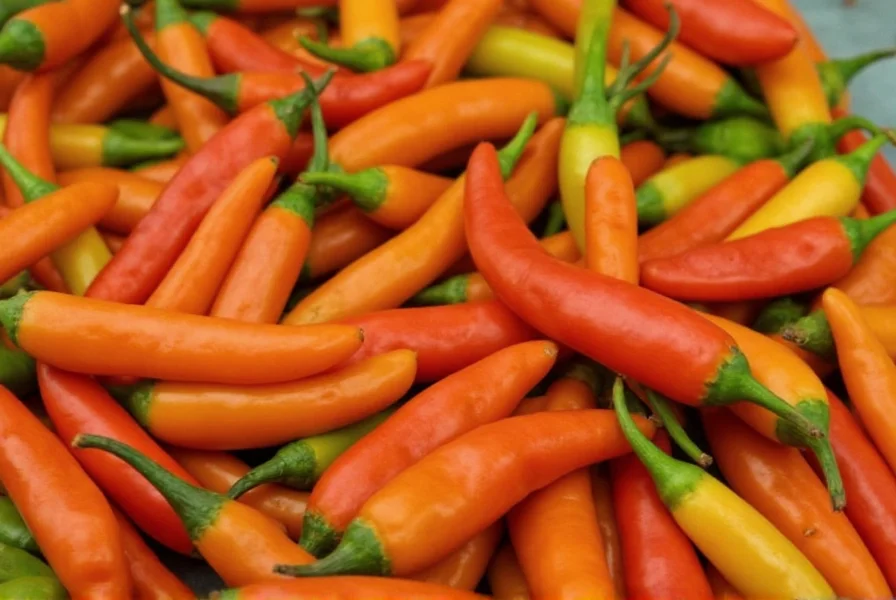
The serrano pepper is a chili pepper native to Mexico and named after the mountainous regions — "sierras" — where it was first cultivated. This small, slender green pepper (though it can ripen to red, orange, brown, or even purple) packs more punch than its size might suggest. Grown mainly in Puebla and Hidalgo states, serranos are often used fresh or cooked in Mexican cuisine, especially salsas, sauces, soups, and stews. Unlike jalapeños, which are usually eaten when green and unripe, serranos are often consumed at all stages of ripeness, offering a dynamic flavor experience.

| Pepper Type | Scoville Heat Units (SHU) |
|---|---|
| Bell Pepper | 0 |
| Jalapeño | 2,500 – 8,000 |
| Serrano | 10,000 – 23,000 |
| Cayenne | 30,000 – 50,000 |
| Habanero | 100,000 – 350,000 |
| Ghost Pepper | ~1,000,000 |
This comparison helps visualize just how much heat a serrano brings to the table. It's spicy enough to make your eyes water but not so intense that it ruins your taste buds for the next day.
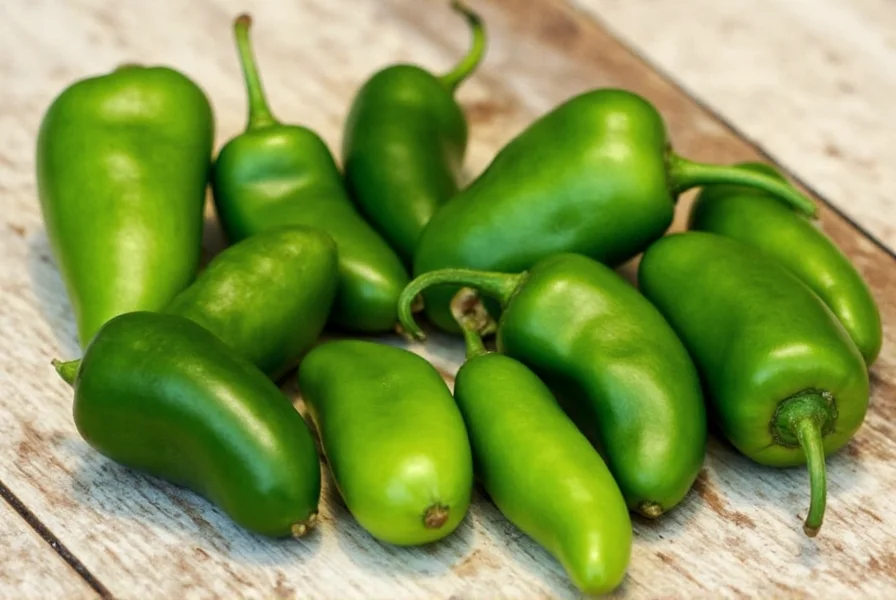
But serrano peppers aren't just about heat — they offer a bright, grassy flavor with a slight floral note when raw. When roasted or sautéed, their flavor becomes richer and more earthy, making them incredibly versatile in the kitchen. Common uses include:
- Making homemade salsas and pico de gallo
- Adding spice to tacos, enchiladas, and tamales
- Infusing oils or vinegars for marinades
- Spicing up cocktails like margaritas
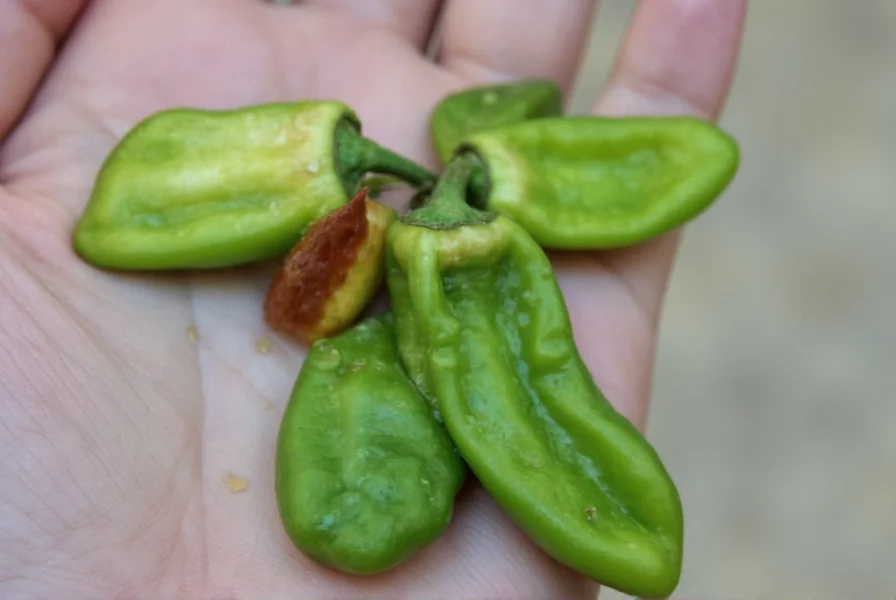
- Use gloves when handling — serrano oils are potent and can irritate your skin and eyes.
- Remove seeds for less heat — most of the capsaicin is concentrated in the inner membranes and seeds.
- Roast or sauté to mellow flavor — this softens the sharpness and adds depth.
- Freeze whole for later use — they thaw easily and maintain flavor for months.
- Pair with citrus or avocado — these ingredients balance the heat and enhance flavor complexity.
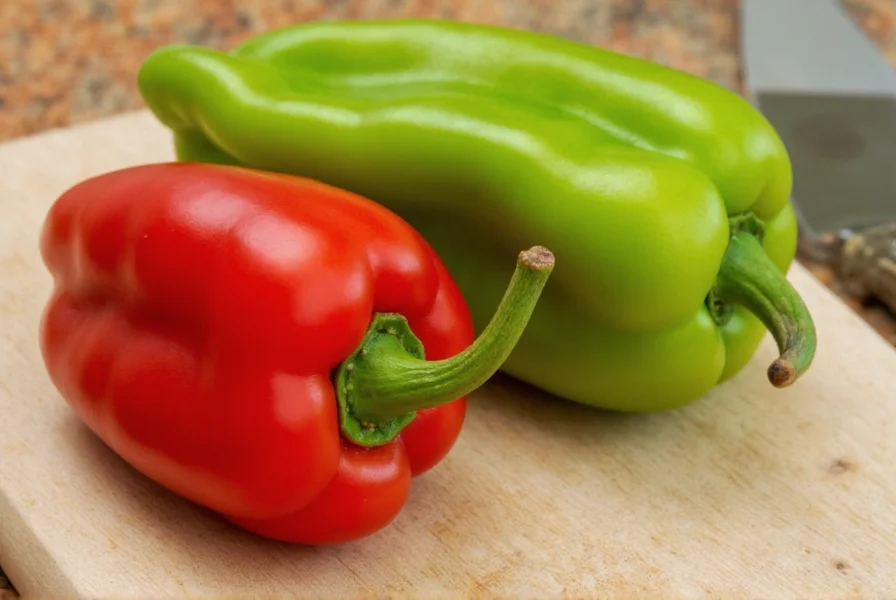
Choosing Fresh Serrano Peppers
- Look for firmness — Avoid soft or wrinkled peppers, which indicate age.
- Vibrant color — Bright green peppers are great for mild heat; redder ones offer more spice and sweetness.
- Size matters — Smaller serranos tend to be spicier than longer, thinner ones.
Recommended Products
- Fresh Organic Serrano Peppers (Pack of 12)
- Features: Locally grown, organic, pesticide-free
- Best For: Home cooks, salsa lovers, grillers
- Occasion: Everyday meals, weekend gatherings
- Dried Serrano Peppers (4 oz Bag)
- Features: Intense flavor, easy storage, perfect for soups and sauces
- Best For: Chefs, meal prep enthusiasts
- Occasion: Winter dishes, slow-cooked meals
- Serrano Pepper Seeds (Heirloom Variety)
- Features: Easy to grow, high yield, non-GMO
- Best For: Gardeners, DIY spice growers
- Occasion: Spring planting season
Is a serrano pepper hot?
Yes, serrano peppers are definitely hot. They range from 10,000 to 23,000 Scoville Heat Units (SHU), placing them in the medium-hot category. They're significantly hotter than jalapeños but not as extreme as habaneros or ghost peppers.
How much hotter is a serrano than a jalapeño?
Serrano peppers are typically 2-9 times hotter than jalapeños. While jalapeños range from 2,500-8,000 SHU, serranos range from 10,000-23,000 SHU. The heat difference is noticeable when eating them raw, with serranos delivering a sharper, more immediate heat.
Can you eat serrano peppers raw?
Yes, serrano peppers are commonly eaten raw in salsas, guacamole, and salads. When raw, they have a bright, grassy flavor with intense heat. If you're sensitive to spice, start with a small amount or remove the seeds and membranes to reduce the heat level.
How do you reduce the heat of a serrano pepper?
To reduce heat, remove the white pith and seeds (where most capsaicin is concentrated). Soaking sliced peppers in salt water or vinegar for 15-30 minutes can also mellow the heat. Cooking methods like roasting or sautéing will further reduce the intensity while developing sweeter flavors.
Why are some serrano peppers hotter than others?
Heat levels in serrano peppers can vary due to growing conditions, ripeness, and genetics. Stressors like drought or poor soil can increase capsaicin production. Red serranos (fully ripe) are generally hotter than green ones, and smaller peppers often pack more heat than larger specimens from the same plant.
What should I do if serrano pepper burns my skin?
If serrano oil burns your skin, wash the area immediately with soap and cold water. Avoid touching your face or eyes. If irritation persists, apply milk, yogurt, or a solution of baking soda and water, as capsaicin is fat-soluble and alkaline solutions can help neutralize it. Prevention is best - wear gloves when handling hot peppers.
To wrap things up, yes — a serrano pepper is definitely hot, but in a way that makes it accessible and exciting for both novice spice-lovers and culinary pros. With a moderate kick and bold flavor, it's no wonder this pepper is a staple in kitchens across Mexico and beyond. Whether you roast it, slice it raw, or blend it into your favorite dish, the serrano pepper offers a balanced mix of heat and flavor that's hard to beat. So go ahead — give it a try. You might just find your new favorite ingredient!

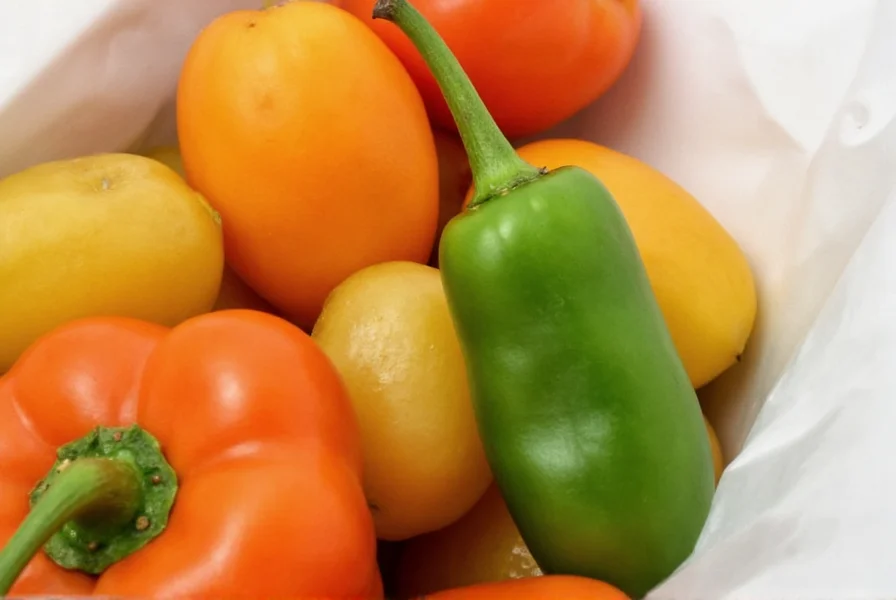









 浙公网安备
33010002000092号
浙公网安备
33010002000092号 浙B2-20120091-4
浙B2-20120091-4